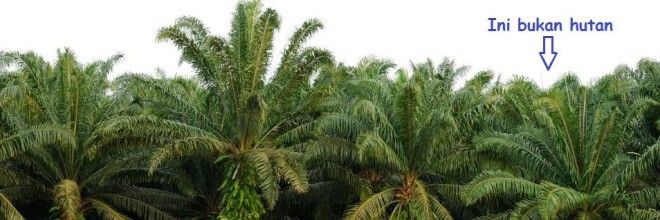
You know the old question: If a tree falls in the forest and no one is around, does it make a noise? I’m not quite sure why that question came to mind when news came out of the extinction of Dipterocarpus coriaceus, or keruing paya, in West Malaysia.
Perhaps because the extinction of an iconic Southeast Asian tree species went almost entirely unnoticed. Wild animals and plants are going extinct without us even knowing.
This very large tree, which could only be found in West Malaysia, Borneo and Sumatra, is now extinct in West Malaysia as of July 2013. The last remaining patch of it was clear-cut this month to make way for a new palm oil plantation.

This brings to mind a question that a Malaysian friend of mine likes to ask in Bahasa Melayu, the official language of Malaysia: Bila cukup? Translated, this intense phrase means, “When will it be enough?” Her reference is to the ongoing expansions of palm oil plantations in Malaysia, which is made up of west Malaysia — a peninsula sharing its northern border with Thailand — and east Malaysia, which shares a long border with Indonesia on the island of Borneo.
There is growing concern about this development among Malaysian environmentalists, and this blatant removal of a critically endangered plant species created an uproar in their small but vocal community. Suggestions have been made that the government should step in and replant available saplings in the area, but you know what? You may be able to replace the trees, but you will never be able to replace the little things that made up the total ecosystem in that area. Each little detail that was inextricably connected to every other.
This incident will be a black eye against Malaysian palm oil, which has long marketed itself as being more protective of natural treasures and as working sustainably when compared to the Indonesians. While we wait to see if they will issue an official statement on the incident (my advise is not to hold your breath), let’s take a look at the state of the rainforests in Malaysia in relation to marketed claims.
“Malaysia has over 56 percent forest cover” is a favorite chant for the Malaysian Palm Oil Council, or MPOC, which oversees the branding and marketing of the country’s palm oil industry. How they got this number is more than a little puzzling, however. Malaysia is composed of a land mass of approximately 329,847 square kilometers. Its much celebrated Central Forest Spine scheme, including the replanting of forest corridors, will only yield 53,000 square kilometers, and that’s if it is fully implemented, which seems unlikely. That brings the total to less than 20 percent forest coverage, assuming all the needed replanting is done against all the odds mentioned in the article.
As for the Malaysian states of Sabah and Sarawak on Borneo island, the stats aren’t that impressive, either. Recent satellite mappings showed that less than 20 percent of intact forests remain in those two states. The Heart of Borneo plan to preserve the precious biodiversity there has achieved only grand conferences and parties to celebrate its protection and has done little real conservation on the ground.
I tried hard, I really did, and punched the calculator several times to try to achieve a 50 percent target, but the damned calculator wouldn’t compute! I am sure the Malaysian palm oil industry wishes Malaysia wasn’t custodian to one of the most biodiverse lands on earth. Then all eyes would be elsewhere. But other questions remain on how the country can call its collective product “sustainable” when so many of its producers do not work with any sustainable certification of any sort.
To give credit where its due, the Malaysian government and industry is making the right types of noises about sustainable palm oil, and I hope the Central Forest Spine and Heart of Borneo schemes move from mere talk to action. While they work at that, I hope they will take more effective measures to ensure that the keruing paya will be the last thing to go extinct in Malaysia.